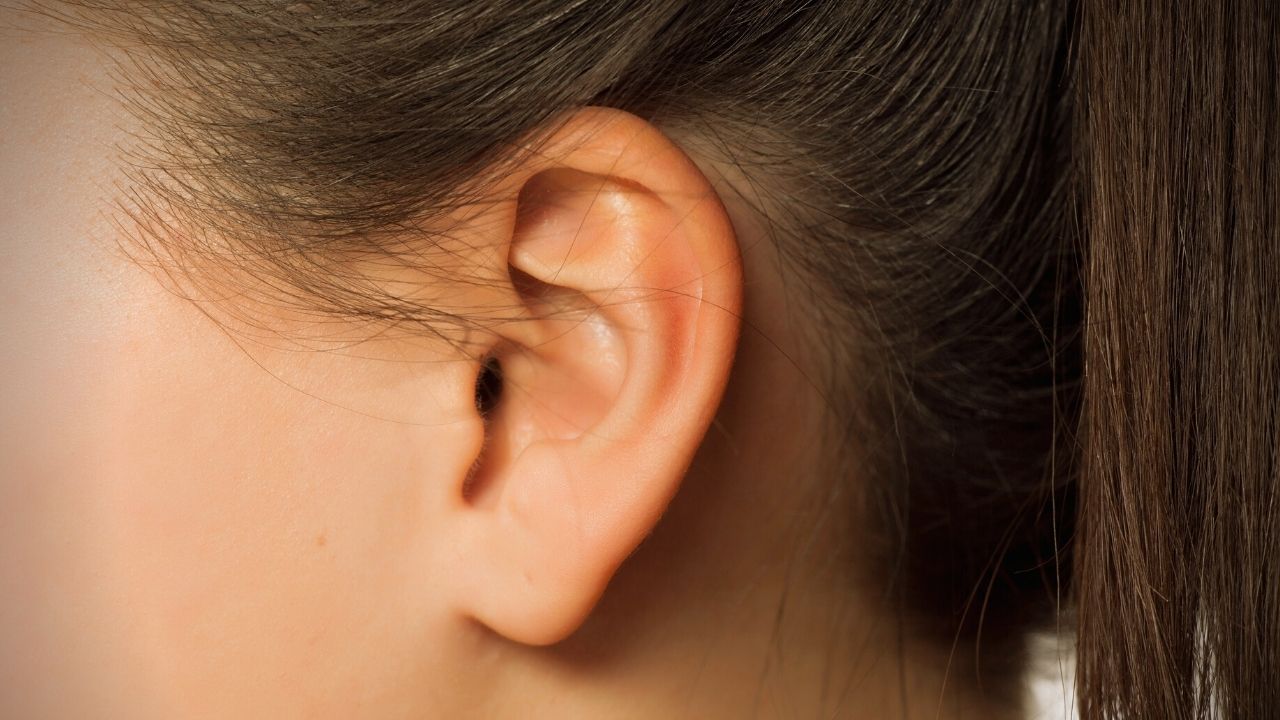Have you ever stared at something so familiar—a sight you’ve seen a thousand times a day, every day of your life—for so long and so hard that all of a sudden it looks different? It’s as if you’re seeing it for the first time, and it looks bizarre!
This is the pinna, the flap on the side of the head that comes in pairs, known as pinnae (pin-ee). It is also called an auricle, a prettier name that also sounds like oracle, which were the words doled out by the high priests of ancient Greece and which were usually very unclear. This bit of trivia about obscure messages is quite fitting for people who have hearing loss, who often misinterpret messages.
Pinna – the Sound Collector
I don’t know much about the purpose of this large lump of cartilage except that it collects sound, and to some degree tells us where the sound originated, as in over there or up yonder or behind me back there. It starts the ‘hearing’ process by grabbing sound waves from the atmosphere and funneling them down the ear canal. The sound waves must run a gauntlet, and as they morph into new forms of energy they must deal, in people like me, with a spectrum of obstacles along the way. Eardrums with holes in ‘em, hair cells that are broken or non-existent, processing issues, to name a very few. But of course, that’s after the sound wave has left the pinna for the inner journey.
The question that bothers most people who marvel at the pinna’s odd form is this: Why does it have all those ridges? All those little hills and valleys (scientifically known as fossae and folds)—what are they supposed to do?
According to Marshall Chasin and Wayne Staab, two of my audiologist colleagues at HearingHealthMatters.org—not much of anything. The main duty of the pinna’s crazy contours is to give it some strength, to keep its shape intact for the best possible sound reception. Otherwise, the pinnae would flap in the wind and collapse over the aperture of the ear canals. Wayne adds that the ‘concha bowl at the bottom-back’ has a resonance at 4500 Hz, which does aid in vertical localization, but that’s about all. As for the earlobe, its main purpose seems to be simply to provide a blank canvas for jewelry and art, and a playing field for children to grab and pull and for lovers to nibble.
OK, now that we know that the pinna has more importance to our quality of life than, say, an eleventh toe, but substantially less importance than air, food and water to sustaining life, there’s another pressing question. What’s the best way to clean it? According to the American Academy of Otolaryngology—Head and Neck Surgery (and all other hearing health care professionals): to clean the ears, wash the external ear with a cloth, but do not insert anything into the ear canal.
There is one more important role for the pinna. You’ll find it in this poem-ey piece that first appeared in my blog The Poetry of Hearing Loss (February 24, 2014), and which is an appropriate close to this Idiot’s Guide to the Pinna (alternatively titled, A Guide to the Idiotic Pinna).
Those Things on the Side of Our Head
They’re funny looking, those things on the side of our head.
Whether standing at attention, right-angled to skulls
Or lying flat on their backs, like a terrified cat
These cartilaginous slabs are strangely designed
As if created, in an afterthought, from leftover body bits.
“Hmm, the side of the head is a boring stretch of nothing,” thought the god in charge of making human beings.
“It needs something to frame that ear-hole.”
“So we’ll take that eleventh toe, the second chin and some of that extra elbow skin
And shape and mold it around the hole
So the sound can go in there, rather than through the nose, like we planned.”
And so it was that the PINNA – or a pair of PINNAE – were formed!
As gatekeepers –
To collect and transform sound waves in their magician’s hat,
To be pulled out the other end, as meaningful words and sounds.
As a blank canvas –
For decorative jewels and piercing bits of metal
And a holder for the hooks of eyeglasses
But what about those of us who have hearing loss?
Our hard-working pinnae remain the sound collectors,
Not at fault if the waves become warped, somewhere along the hearing path.
But they must now accept the help of hearing aids or cochlear implants –
New jewelry that gives those things on the side of our head a new beauty –
Something you don’t quite expect from surplus toe-and-elbow bits.








Lovely depiction of the pinna and its function and use.
Seems I heard some time ago that the larger the ear lobe,
the more sexy or passionate the person is. Wonder if that is true.
I’d heard that the larger the lobe, the more generous the ear’s owner
🙂